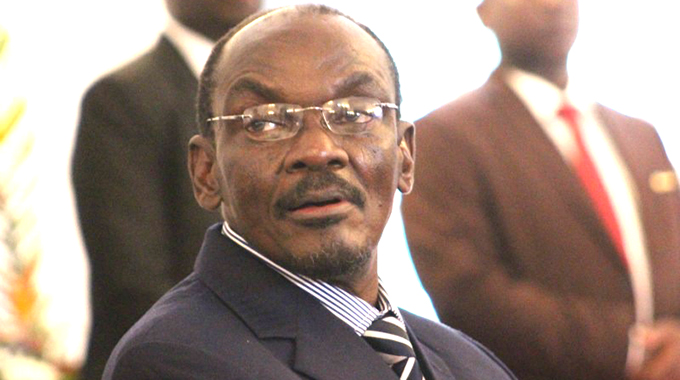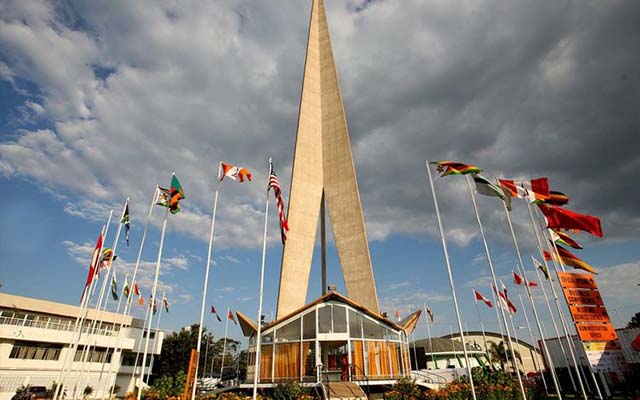Drought risk for Vic Falls

The flow at Africa’s biggest waterfall is at its lowest since 1995, highlighting the threat posed by a drought to tourism and electricity generation in Zimbabwe and Zambia. Flow has slumped to 109 cubic meters-per-second (3 850 cubic feet) at Victoria Falls, a 1,7-kilometre curtain of falling water at the peak of a normal wet season, according to the Zambezi River Authority.
The drought threatens to deter tourists from visiting the site, could curtail a lucrative white-water rafting industry in the gorge below the cataract and may see the power plants at Kariba shut down, worsening power cuts in both countries. Elephants at nearby game parks are dying of hunger, further damaging the tourism industry.
“Some of the tourism products that we boast of can be a thing of the past if climate change and global warming are not quickly addressed,” said Godfrey Koti, a spokesman for the Zimbabwe Tourism Authority.
Key among Victoria Falls’ attractions is a rain-forest fed by the spray of the thundering waters. That spray gives Victoria Falls’ its local name — Mosi Oa Tunya — The Smoke That Thunders.
“Rafting activities and visits to the rain-forest have declined. There isn’t much that we can do except for us as an industry to promote awareness of climate change,” said Clement Mukwasi, president of the Employers Association for Tourism and Safari Operators.
The flow at the falls is volatile. The lowest on record is 99 cubic meters-per-second in October 1996 while the record is 6 172 cubic meters-per-second in April 1977, according to the authority. — Bloomberg.










Comments